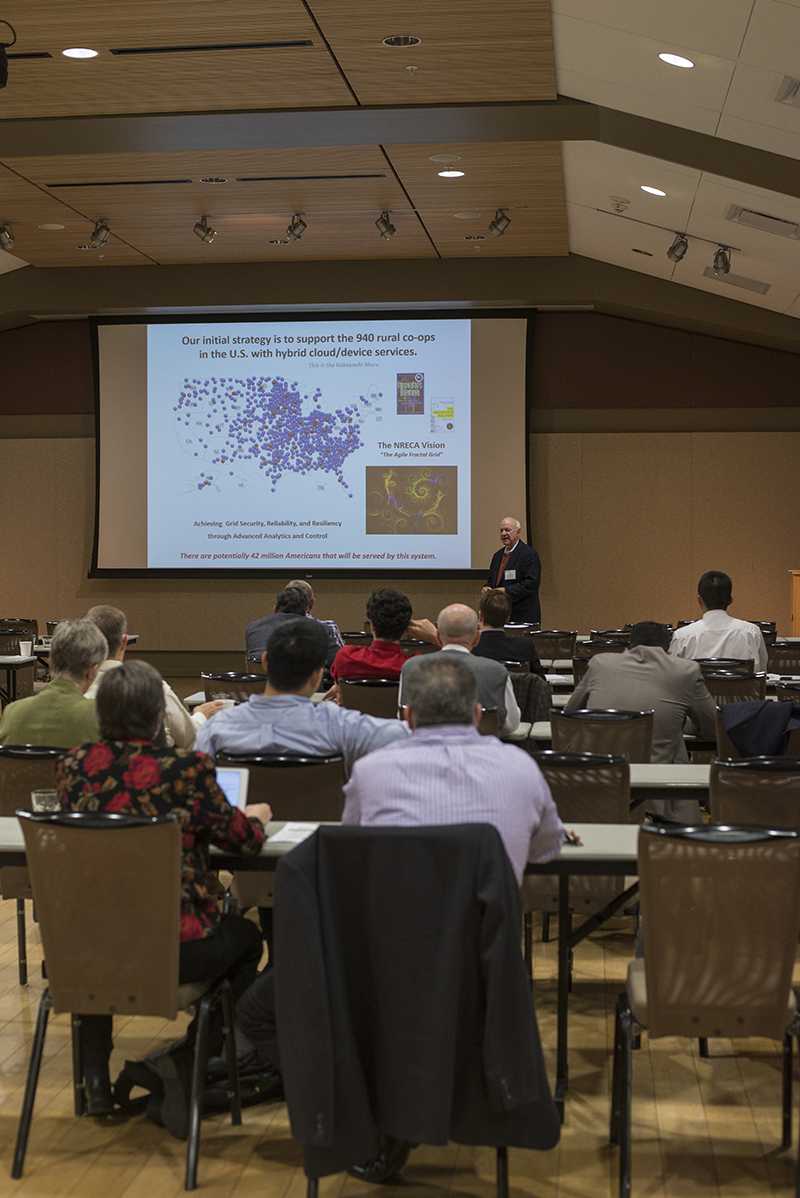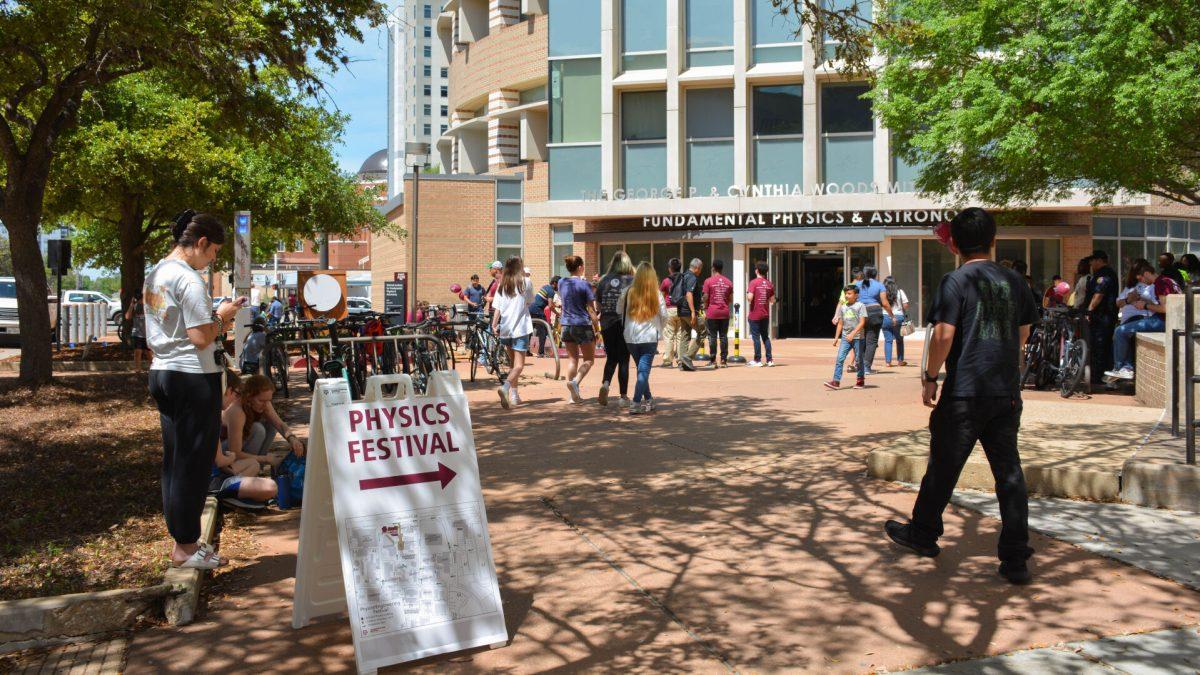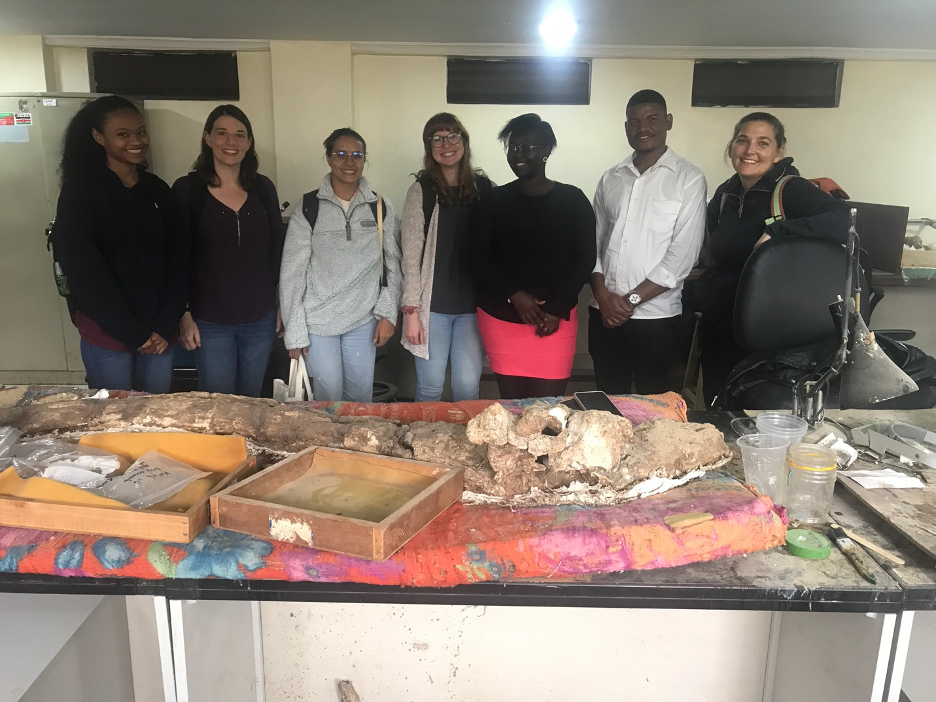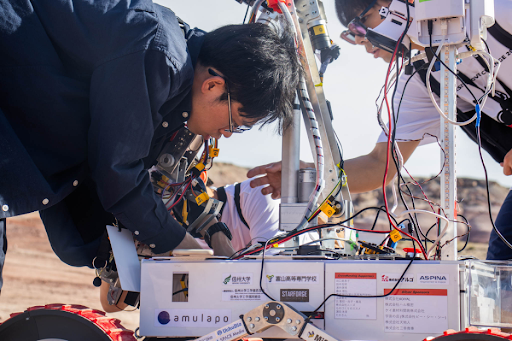While few dispute the idea that aging U.S. power grids are overburdened, the solution is less clear.
To shed light on the matter, more than 100 students, faculty, researchers and industrial experts from various disciplines gathered at Texas A&M Tuesday for the third annual TEES Smart Grid Workshop. Through expert presentations and student research displays, attendees focused on ways to evaluate possible solutions for the complex problems associated with America’s power grid.
The U.S. power grid is a complex network made up of power plants, transmission lines and transformers, which convert and distribute power into homes. Managing this network in a more efficient way through modern infrastructure and data analytics is the goal of a “smart grid” — a type of electrical grid that has been adopted in many places in Texas.
Mladen Kezunovic, electrical engineering professor and director of the TEES Smart Grid Center, said because the installation of new grid infrastructure is costly and risky, solutions such as smart grids need to be thoroughly evaluated beforehand.
“We have a host of new technologies such as microgrids, electric vehicles, solar and wind power penetrating our age-old system and we need to assess their development cycles between their initial research stage and commercialization,” Kezunovic said. “Evaluating the benefits and performance as early as possible is the key to sustainable solutions. As such, there’s a lot of hype with disruptive technology such as the smart grid but a lot of the solutions don’t make it to the market.”
One key element to a smart grid is the installation of smart meters in homes and businesses. More than 50 million smart meters have now been installed across the country, replacing traditional meters to relay information about both supply and demand between producers and consumers. With this data, power plants and distributors are able to respond to periods of peak demand.
“Our systems have become more and more intelligent over time with such data,” said Kenneth Mercado, senior vice president for CenterPoint Energy.
Mercado, who was one of the keynote speakers at the event, said CenterPoint Energy was able to benefit from smart grid technologies, which allow the company to reduce supply when less power is needed and quickly ramp up generation when peak periods approach.
“Our grid is being digitized and the engineering responsibilities have changed,” Mercado said. “The proactive and predictive actions can now be taken with smart grid technologies.”
Mercado said smart grid technology “proves indispensable” in times of natural disaster, but its benefit was also exemplified by an incident in 2013. Mercado cited a Friday in 2013 when electricity supply was cut off at 9:33 p.m. for more than 70,000 residents in Cypress, Texas.
“Thanks to smart grid technology the fault was isolated, supply re-routed and electricity restored within time for the 10 p.m. news,” Mercado said.
Students also made poster presentations displaying their smart grid-related research on campus.
Workshop addresses power grid challenges
April 22, 2015
Photo by Allison Bradshaw
John Reynolds presents “Agile Architectures and Their Evaluations” as a member of the second panel at The Smart Grid Workshop on Tuesday.
0
Donate to The Battalion
$1815
$5000
Contributed
Our Goal
Your donation will support the student journalists of Texas A&M University - College Station. Your contribution will allow us to purchase equipment and cover our annual website hosting costs, in addition to paying freelance staffers for their work, travel costs for coverage and more!
More to Discover










